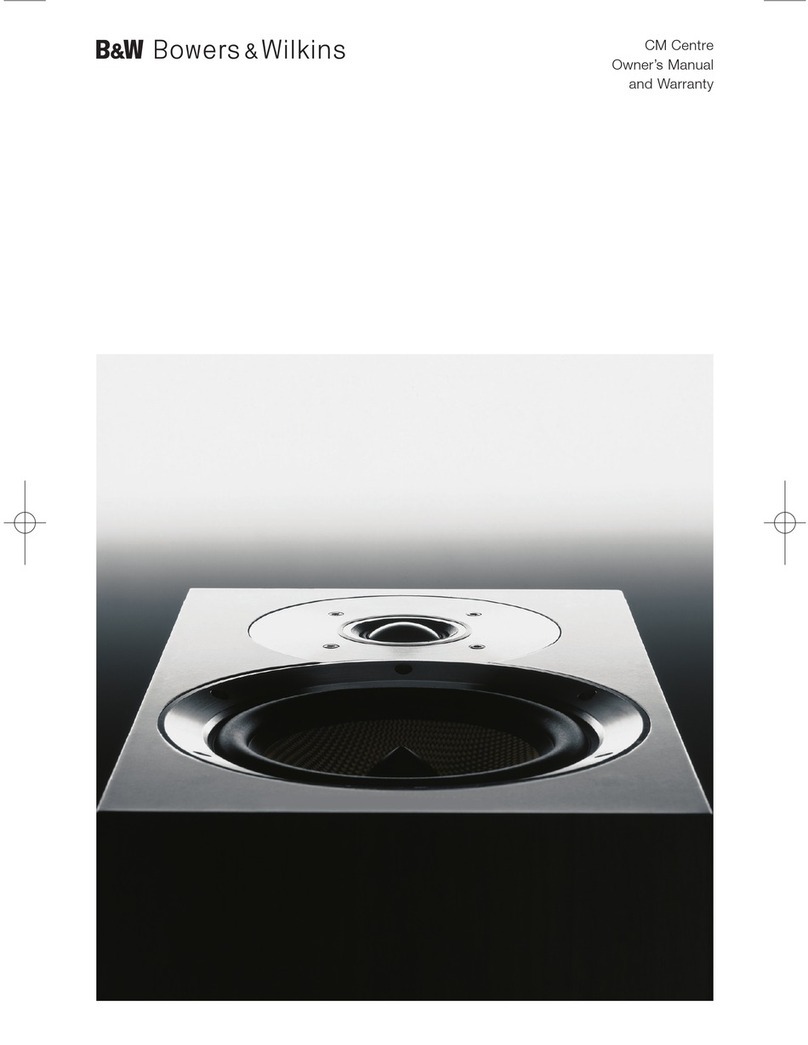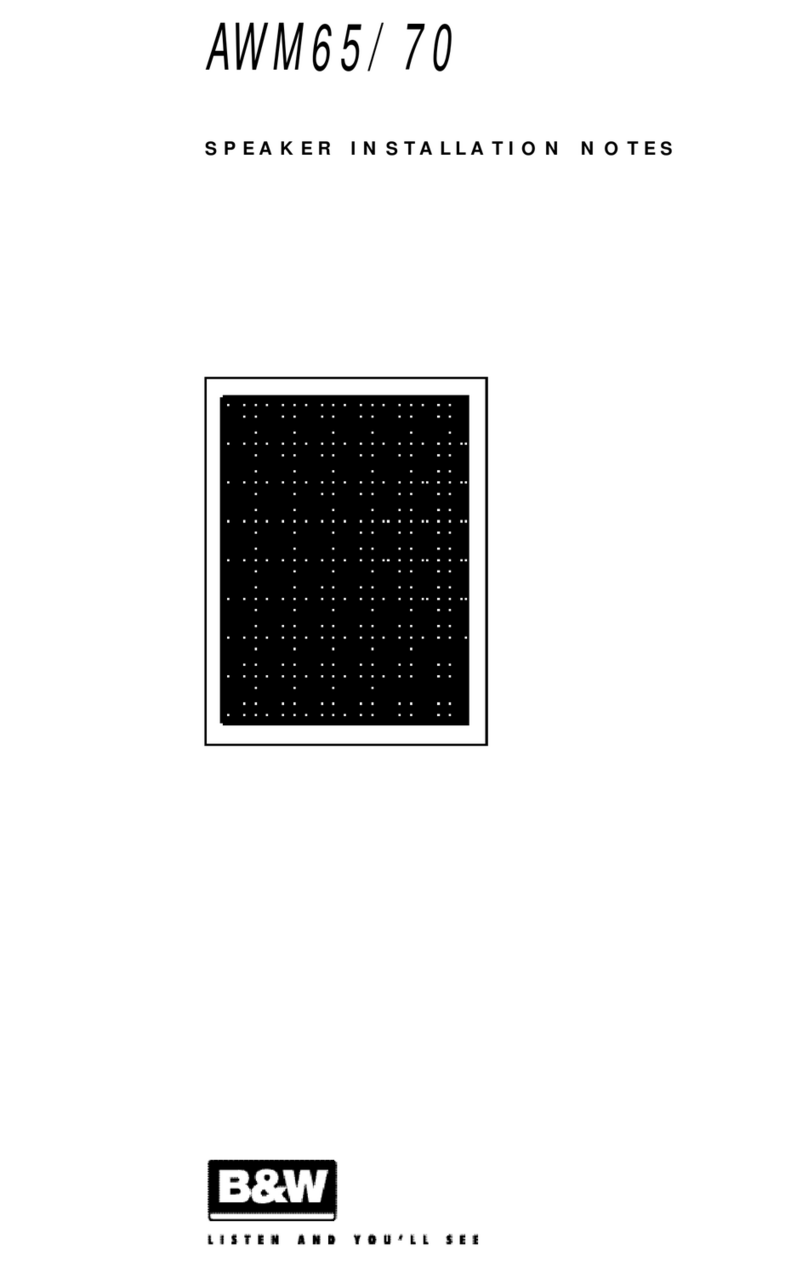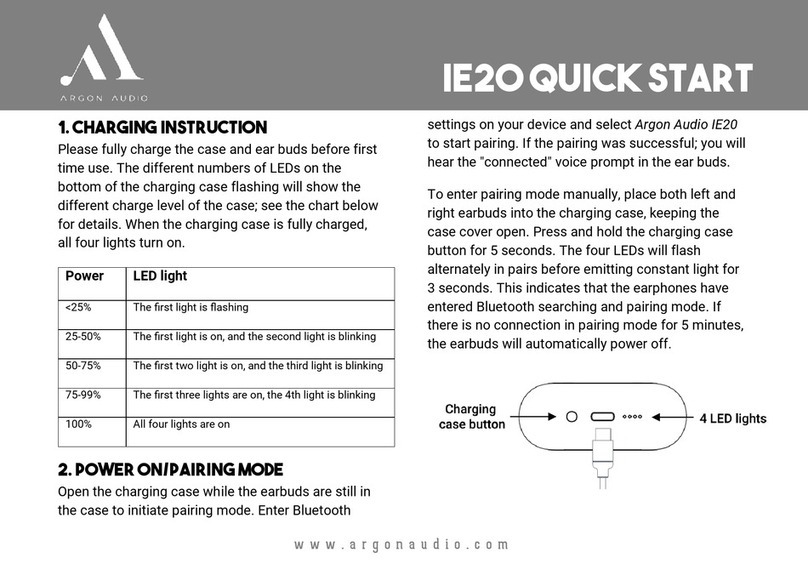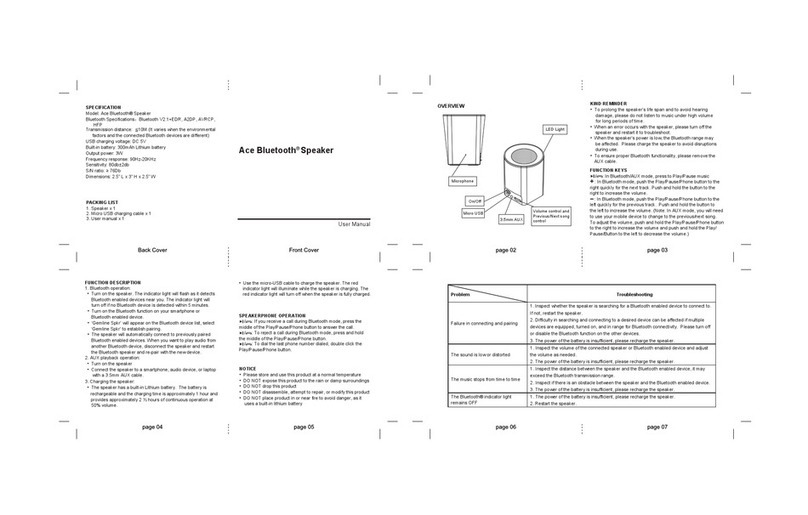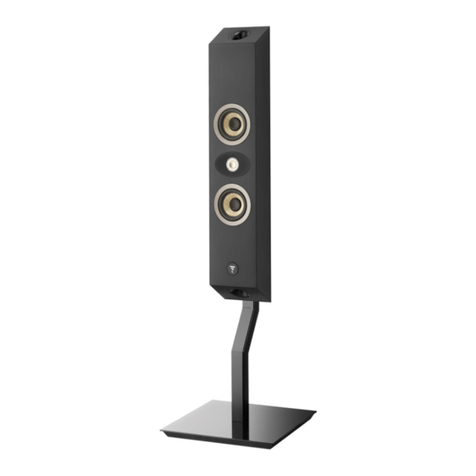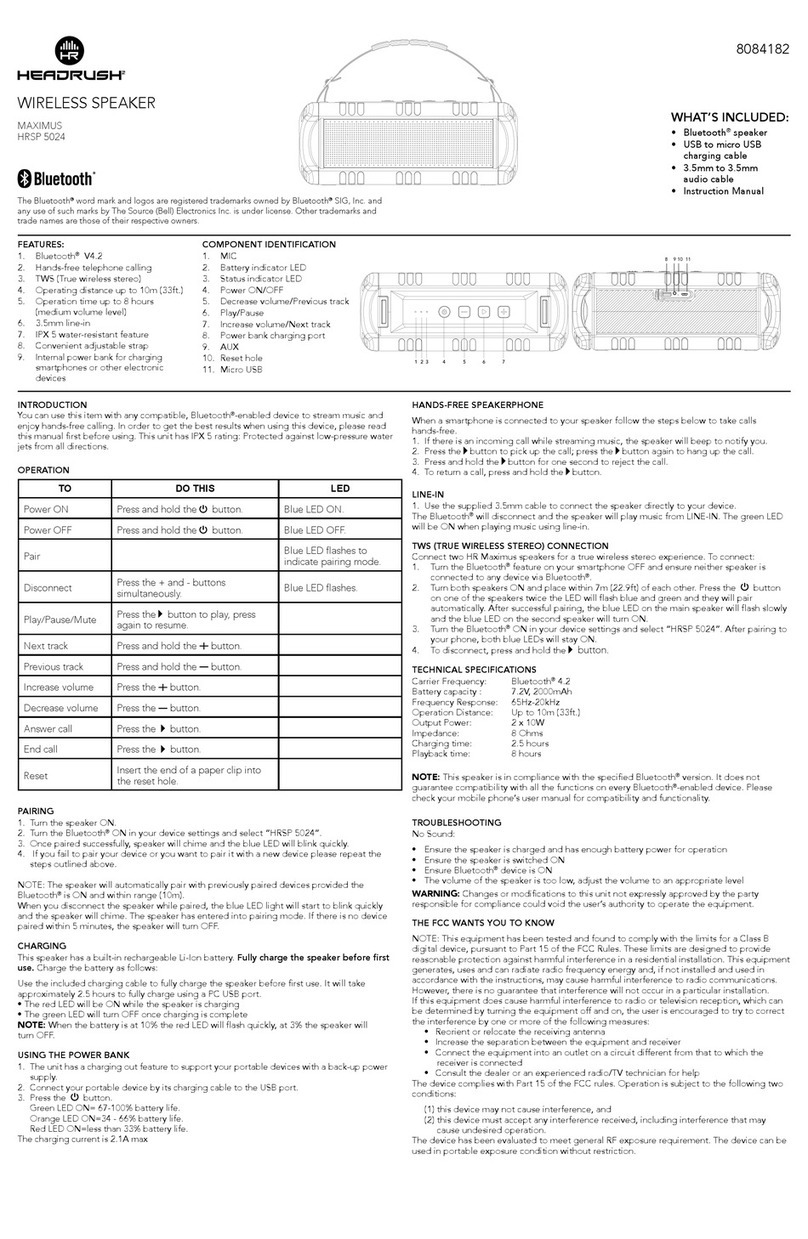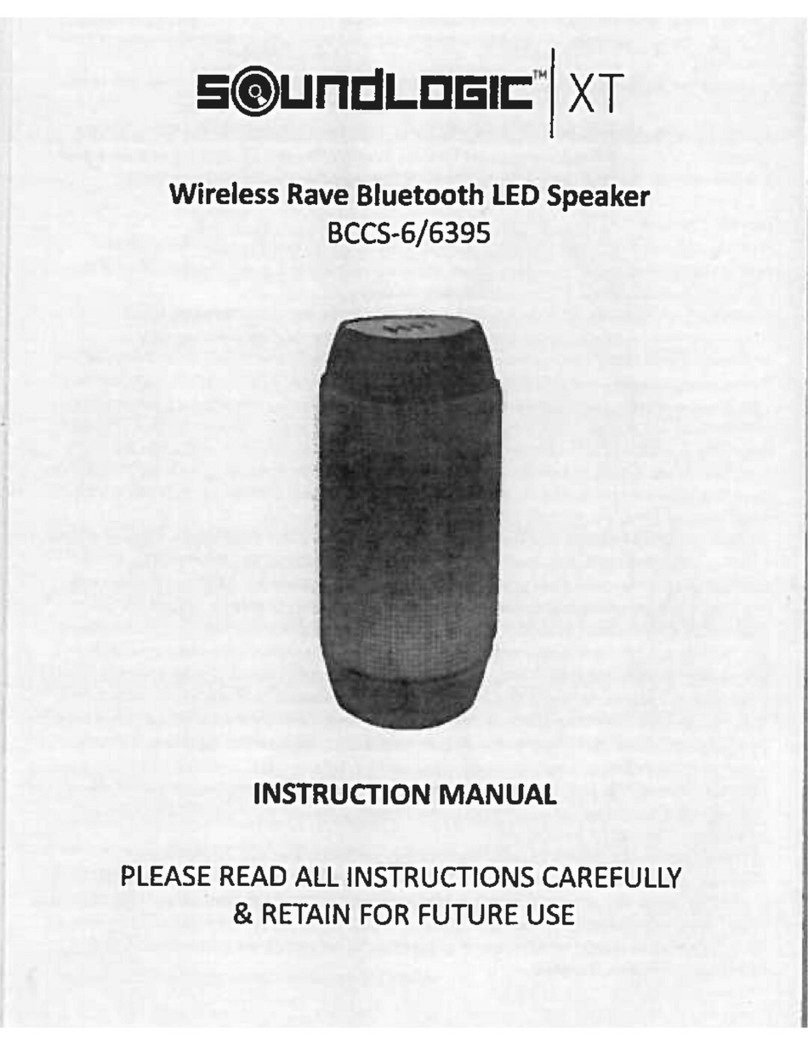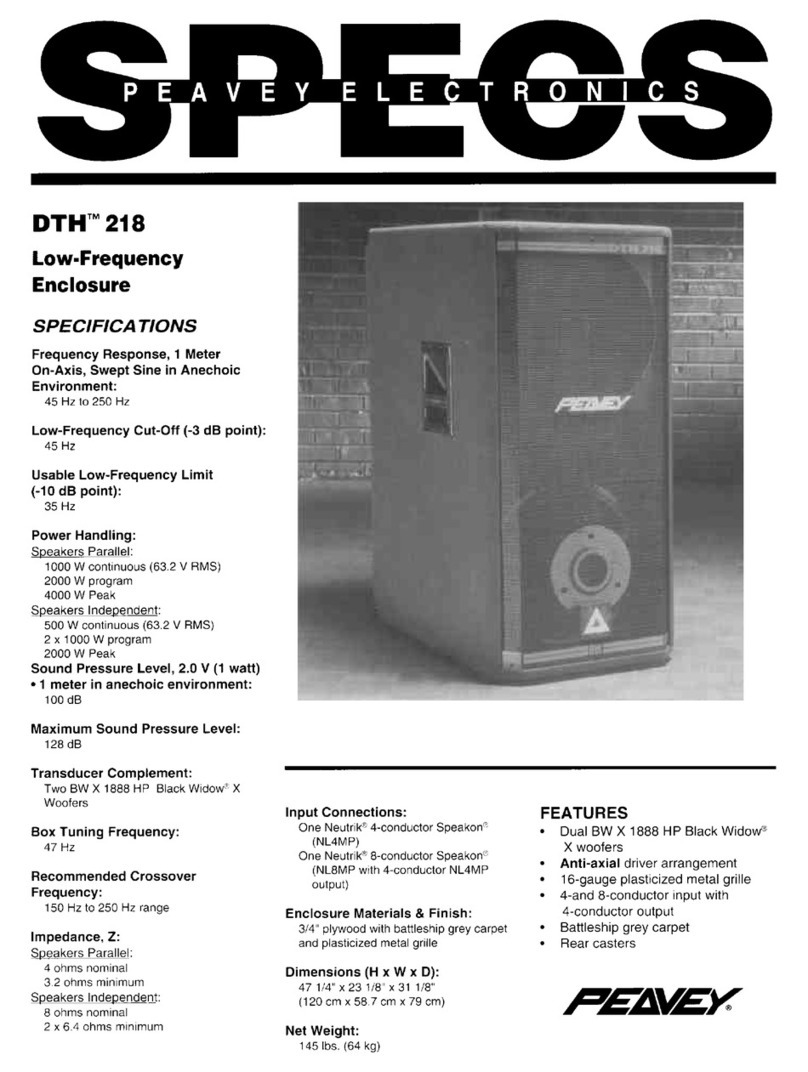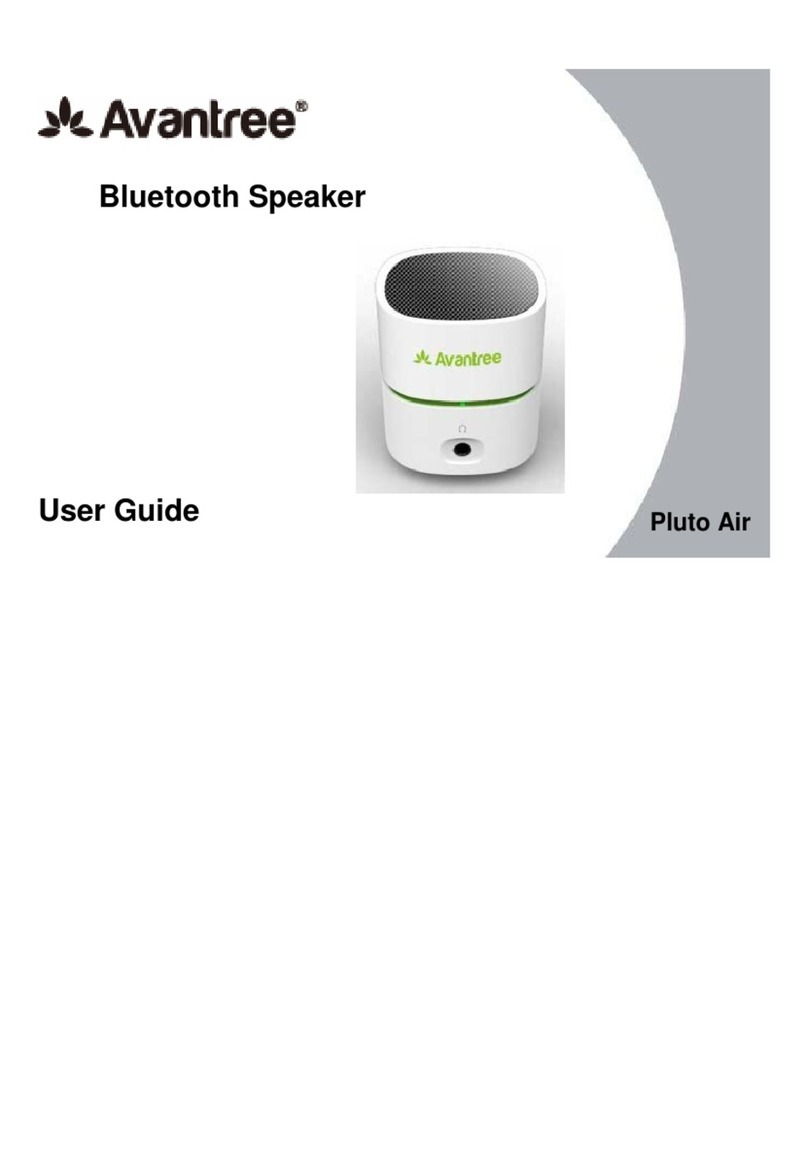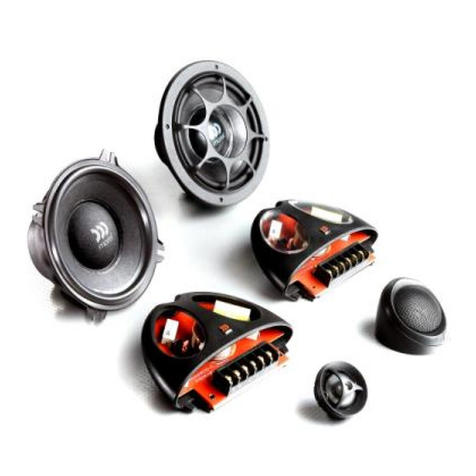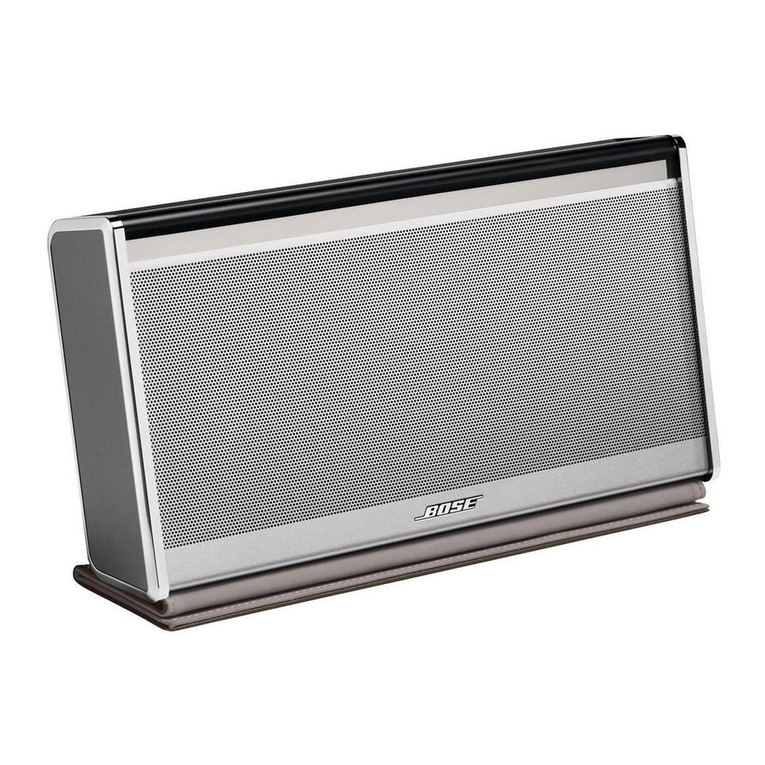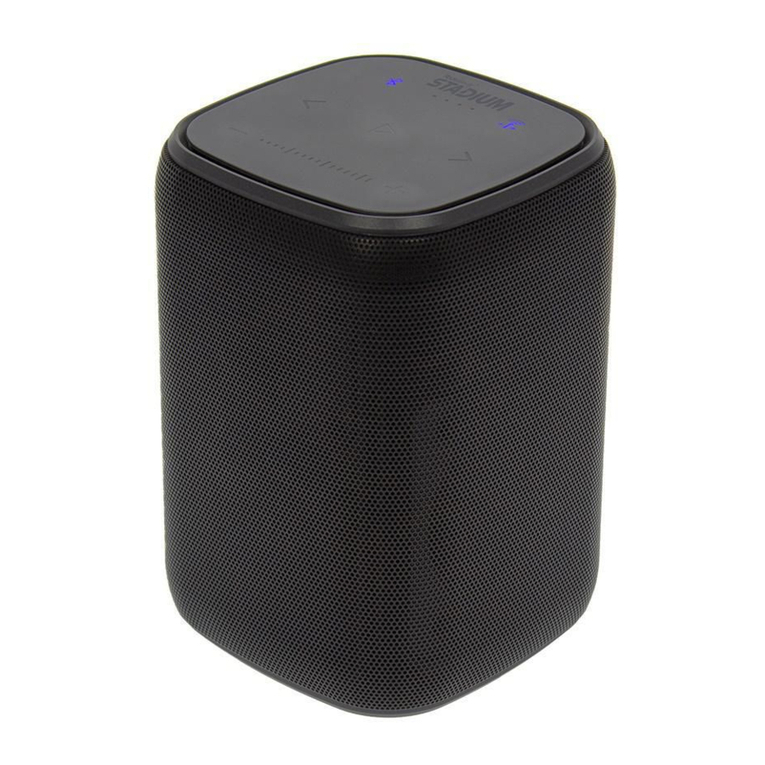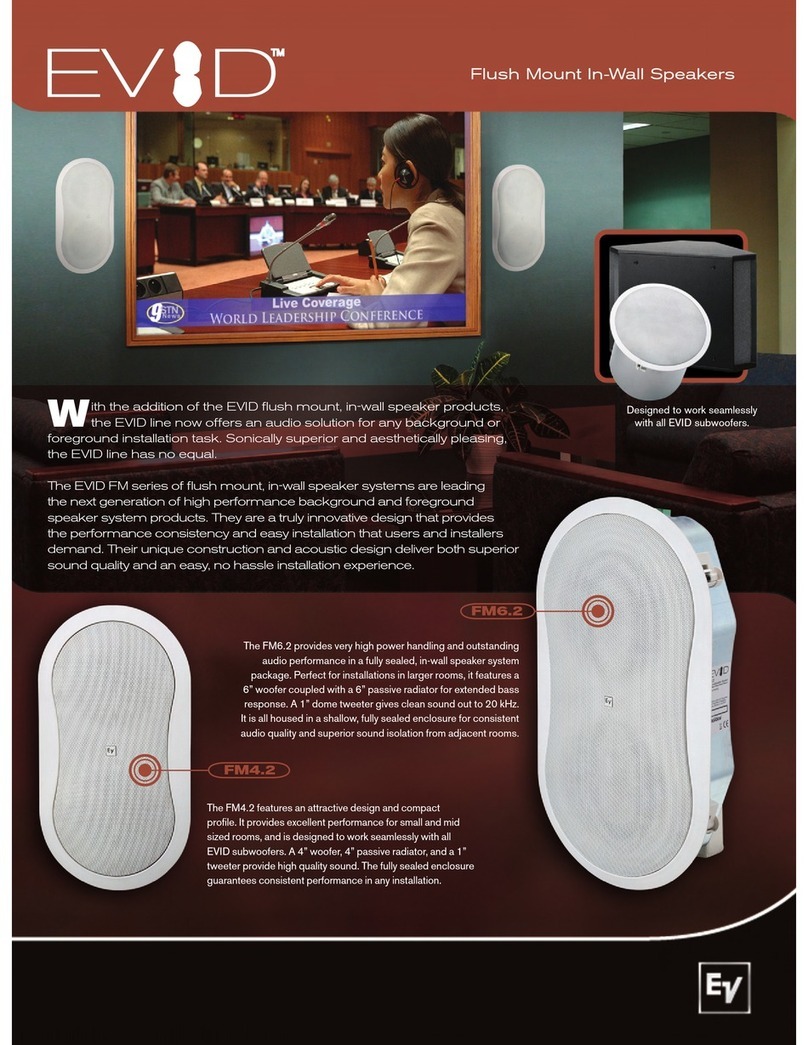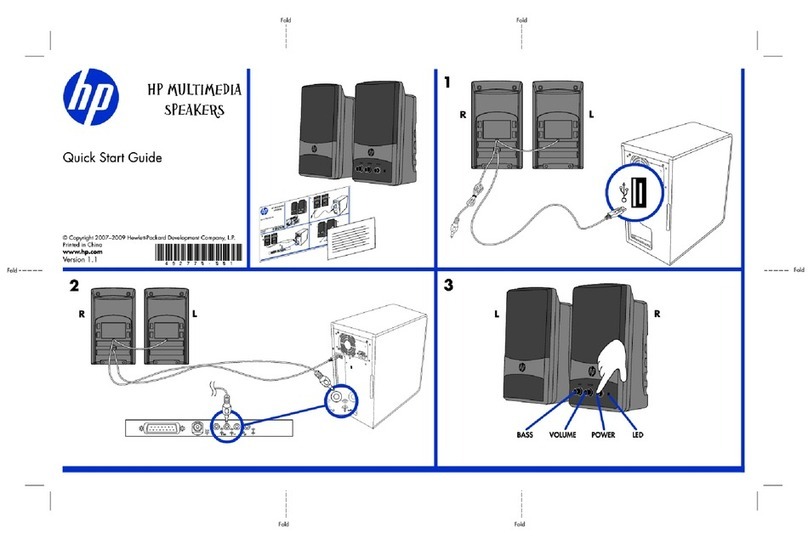Bowers & Wilkins 700 3 Series User manual
Other Bowers & Wilkins Speakers manuals

Bowers & Wilkins
Bowers & Wilkins Signature Diamond User manual

Bowers & Wilkins
Bowers & Wilkins DM601 S3 User manual
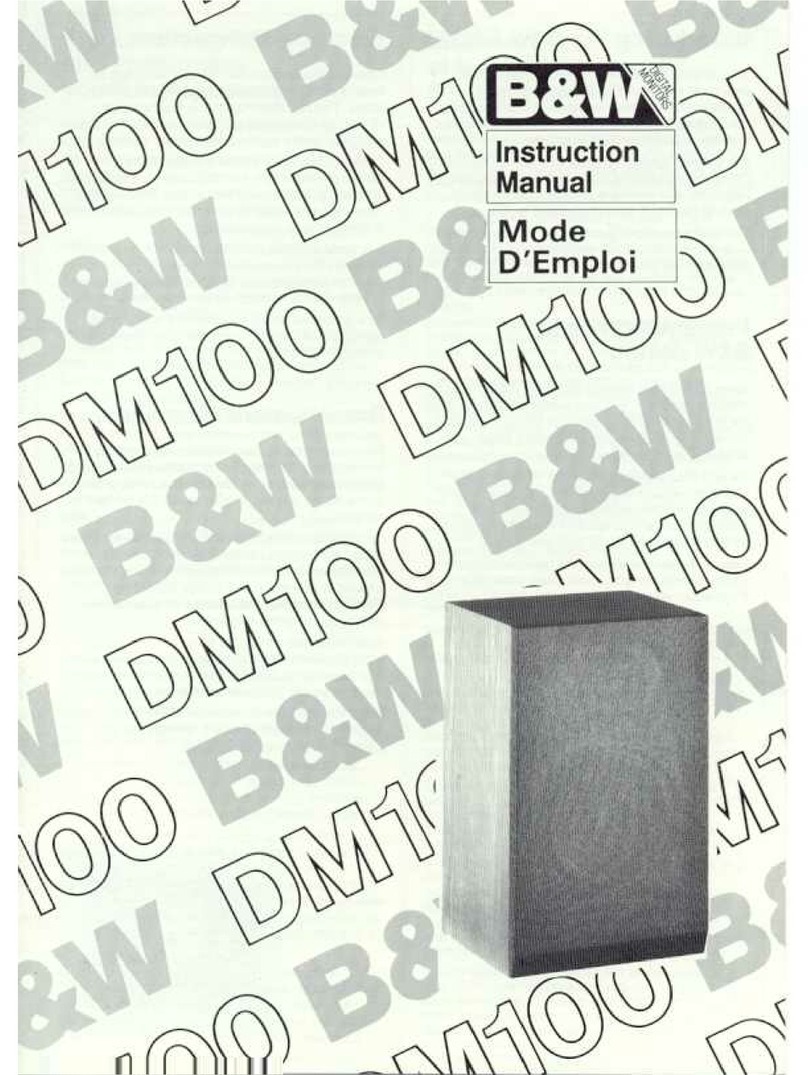
Bowers & Wilkins
Bowers & Wilkins DM100 User manual
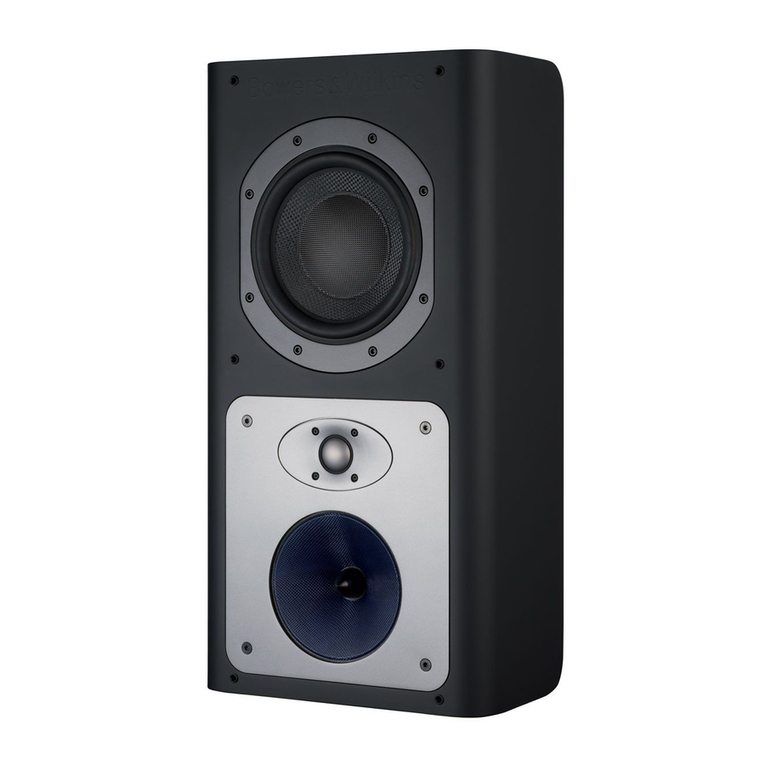
Bowers & Wilkins
Bowers & Wilkins CT8.4 LCRS User manual
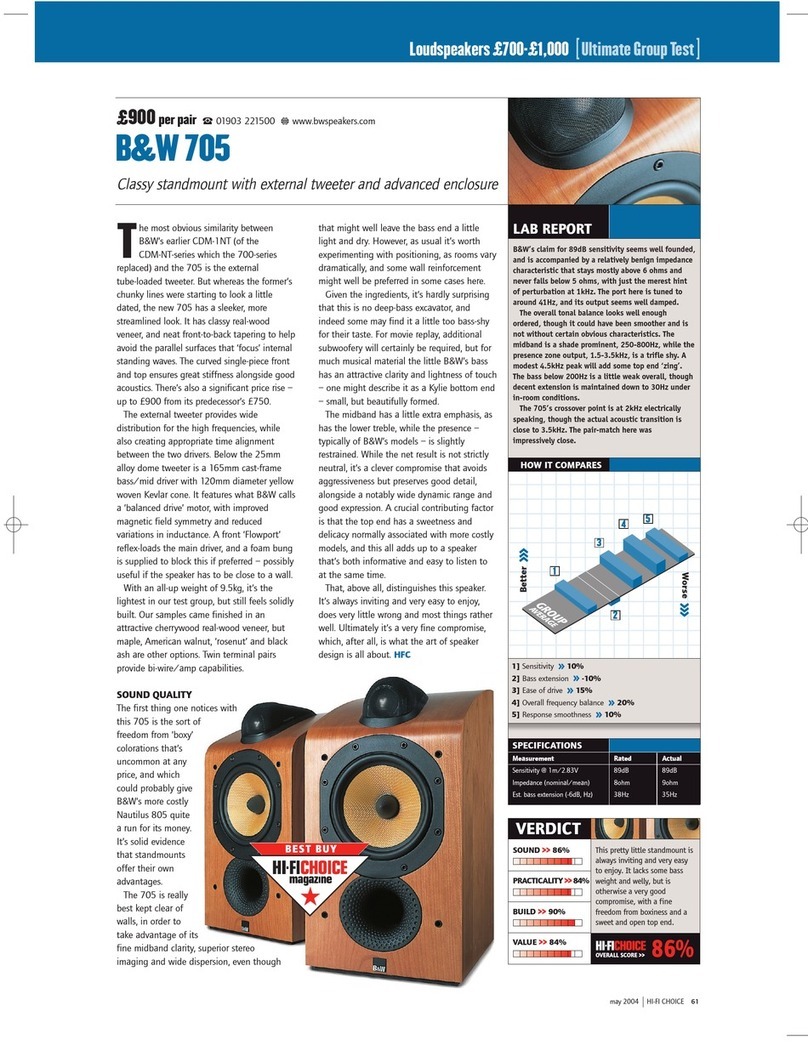
Bowers & Wilkins
Bowers & Wilkins 705 User manual
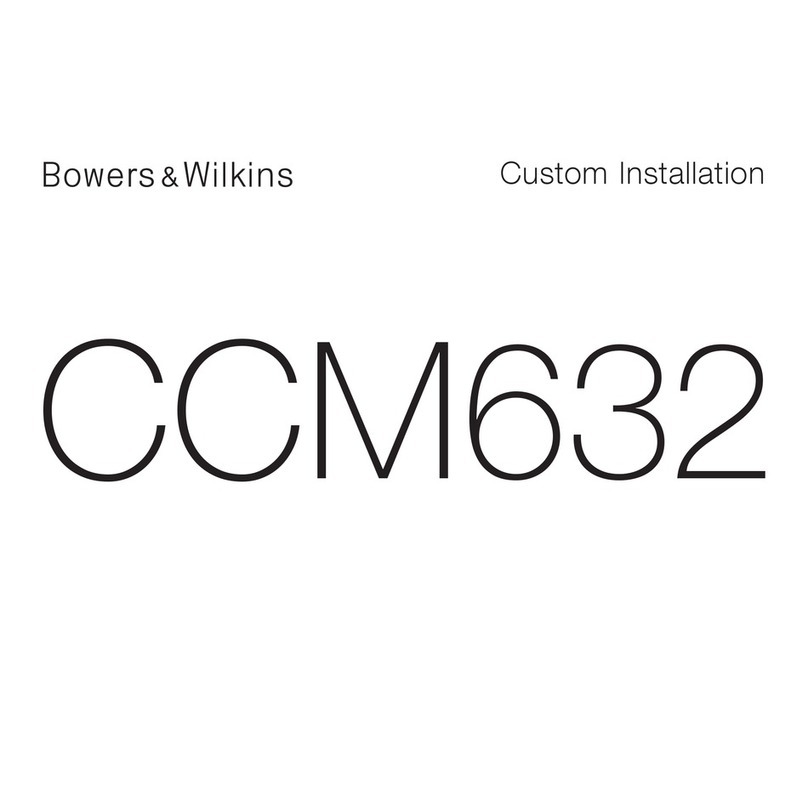
Bowers & Wilkins
Bowers & Wilkins CCM632 User manual
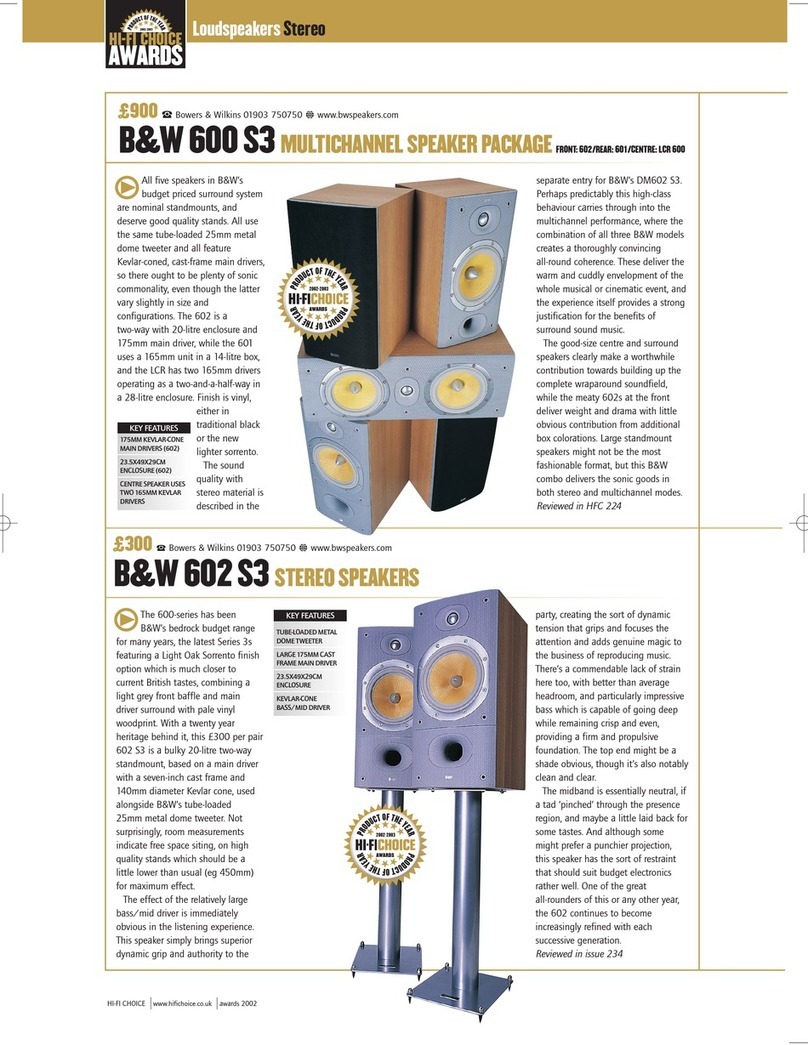
Bowers & Wilkins
Bowers & Wilkins B&W 600 S3 User manual

Bowers & Wilkins
Bowers & Wilkins MM1 User manual
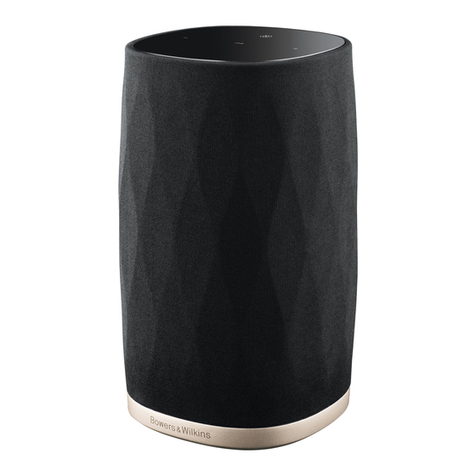
Bowers & Wilkins
Bowers & Wilkins Formation Flex User manual
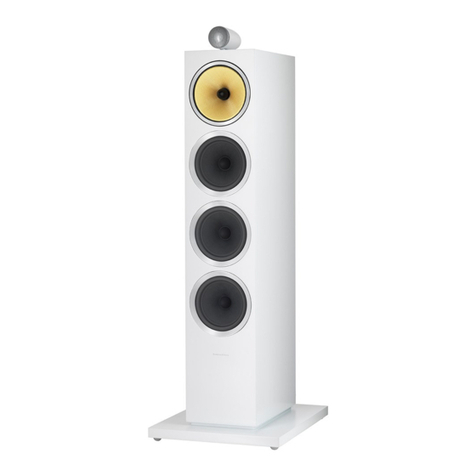
Bowers & Wilkins
Bowers & Wilkins CM10 Assembly instructions
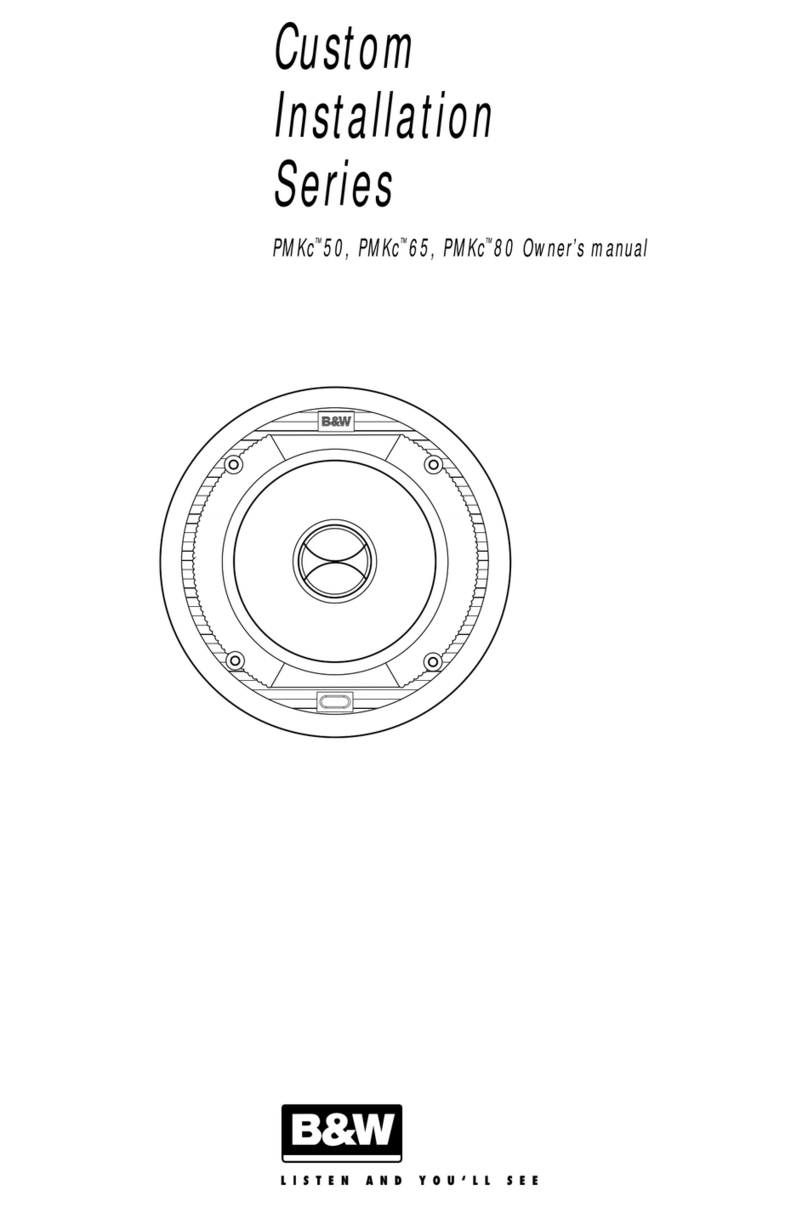
Bowers & Wilkins
Bowers & Wilkins PMKc 50 User manual

Bowers & Wilkins
Bowers & Wilkins CM Centre User manual

Bowers & Wilkins
Bowers & Wilkins Formation Bass User manual
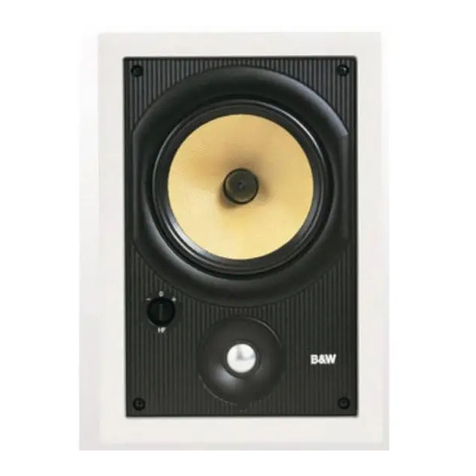
Bowers & Wilkins
Bowers & Wilkins Signature 7NT User manual
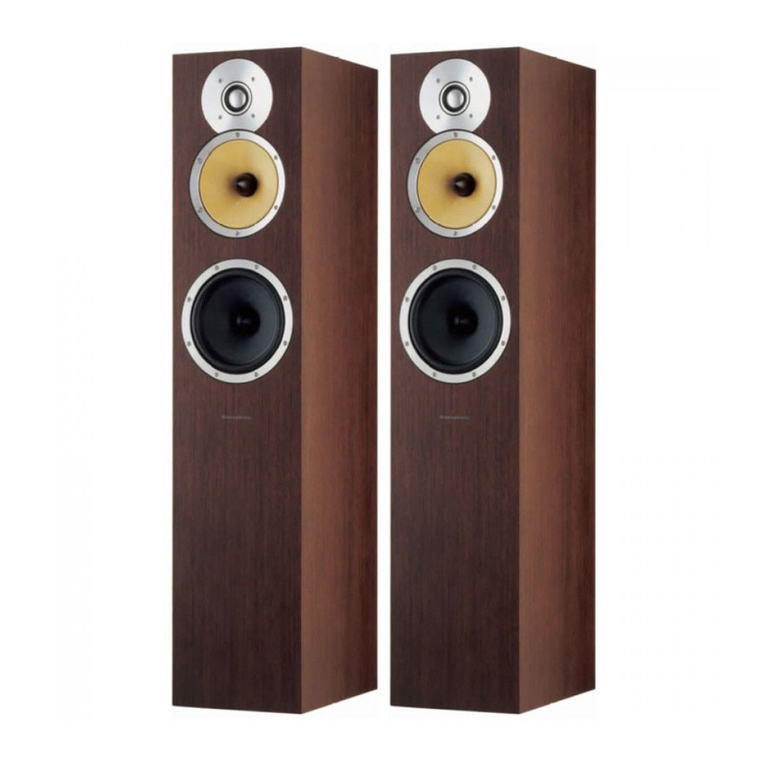
Bowers & Wilkins
Bowers & Wilkins CM7 User manual

Bowers & Wilkins
Bowers & Wilkins 805 D3 User manual
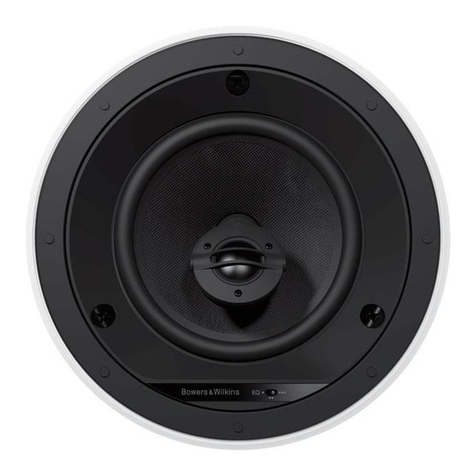
Bowers & Wilkins
Bowers & Wilkins CCM6 User manual
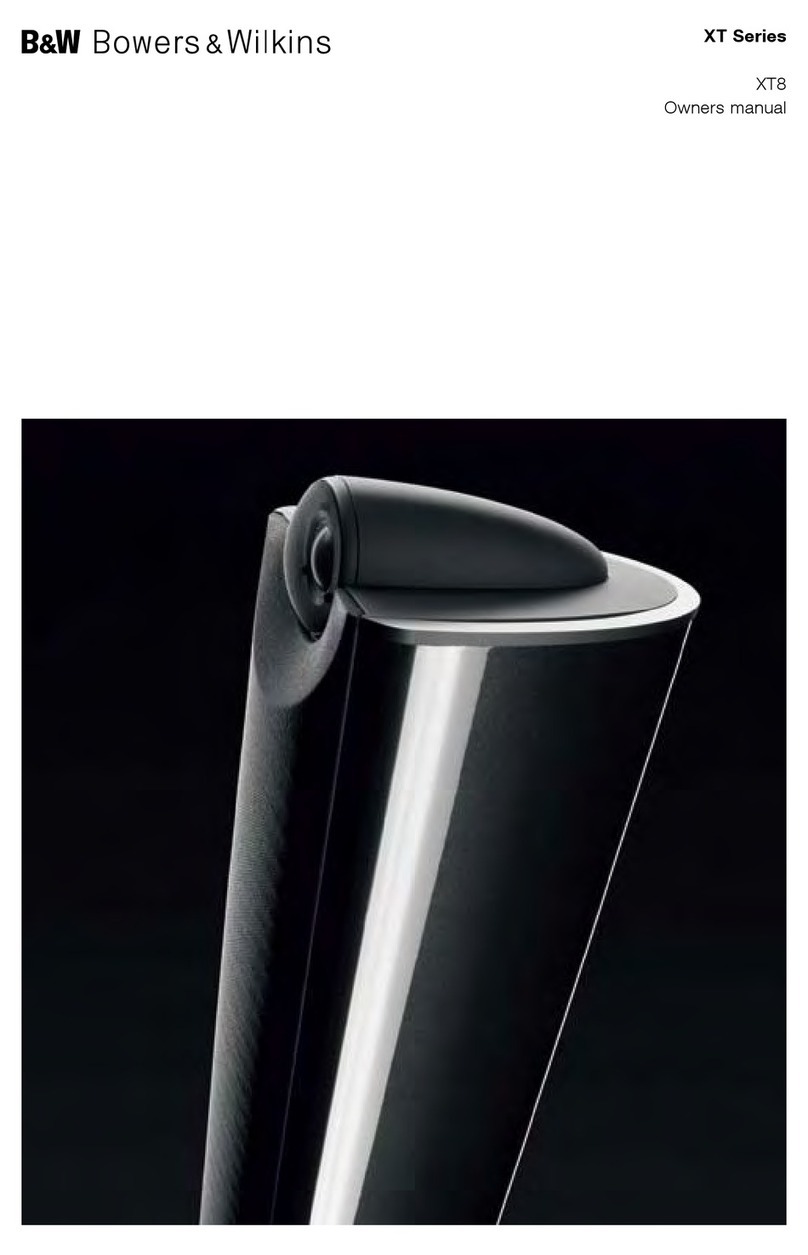
Bowers & Wilkins
Bowers & Wilkins XT8 User manual

Bowers & Wilkins
Bowers & Wilkins HTM4 DIAMOND User manual
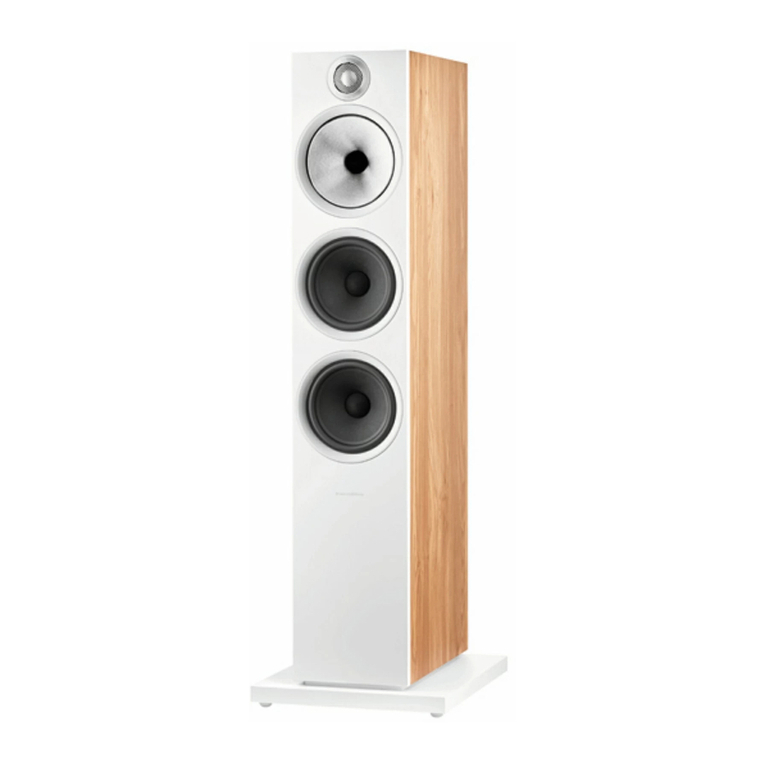
Bowers & Wilkins
Bowers & Wilkins 603 S2 User manual


